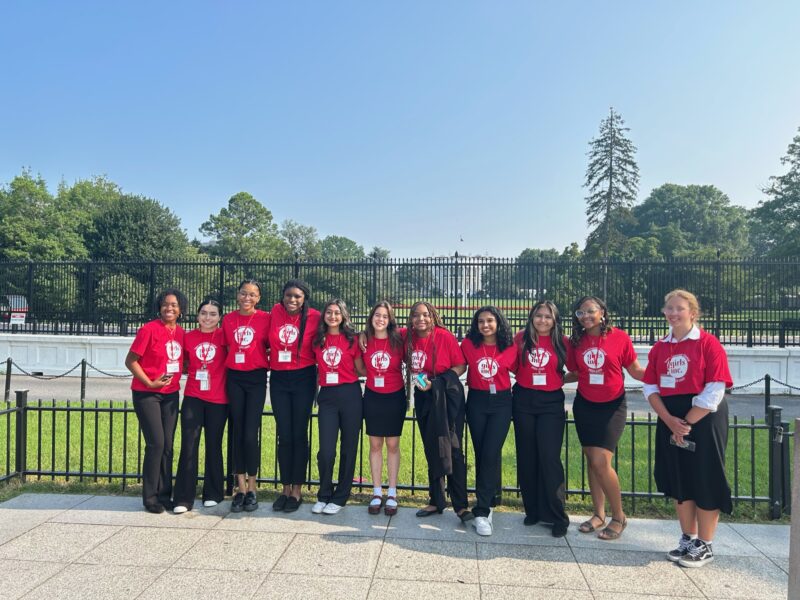5 Things to Know about Menstrual Equity and Period Poverty
Women, girls, and all youth deserve access to the knowledge and resources necessary to take ownership of their sexual health and lead safe, fulfilling lives. Sexual health and bodily autonomy is critical to the dignity of all human beings and our right to be safe in the world. This also includes the right to affordable, accessible, and safe menstrual products, education, and reproductive care, also known as menstrual equity.
Access to menstrual products is a basic necessity, but current barriers make it difficult for some teens to fully participate in school and society. The lack of access to menstrual products, menstrual hygiene education, hygiene facilities, and waste management, is known as period poverty.
- Globally, an estimated 500 million people lack access to menstrual products and hygiene facilities.
- In the United States, 1 in 5 teens have struggled to afford period products or have not been able to purchase them at all. 1 in 4 teens have missed class due the lack of access to menstrual products.
- In Canada, 70% of young women felt their period prevented them from full participation in an activity. More than half missed school, work, or social activities.
- Period poverty disproportionately affects Black, Latina, immigrant, and first-generation students at higher rates than others.
- Menstrual stigma – i.e. feelings of indignity and shame as a result of being unable to access menstrual products and/or participate in day-to-day activities without menstrual products – further exacerbates period poverty.
Girls Inc. continues to center the voices and needs of the communities we serve in our advocacy. Learn more about this issue and steps you can take to join Girls Inc. in advocating to advance menstrual equity for all.

